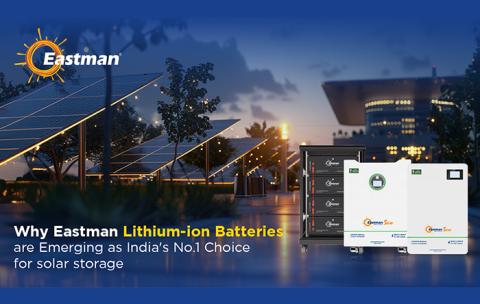When it comes to charging electric vehicles, not all chargers are made equal. Especially in the world of modern lithium batteries, the way your charger communicates with the battery can make a big difference in safety, performance, and long-term reliability.
That’s where CAN-based chargers step in. Let us break down how they are different from traditional non-CAN chargers, and why that matters.
1. Communication Matters
Non-CAN chargers usually have no digital communication. They may use analog signals or fixed presets.
CAN-based chargers use something called Controller Area Network (CAN bus), which allows the charger to "talk" to the battery or the vehicle’s control unit.
This communication enables smarter, safer, and more adaptable charging.
2. Smarter Control Over Charging
A non-CAN charger sticks to a fixed voltage or current profile, regardless of what the battery actually needs.
A CAN charger, on the other hand, receives instructions from the battery in real time and adjusts its output accordingly.
That means better performance and longer battery life.
3. Integration with the Battery System
Non-CAN chargers do not directly communicate with the Battery Management System (BMS).
CAN chargers actively communicate with the BMS or even the vehicle’s central control unit.
This tight integration helps ensure the charger is always aligned with what the battery needs at any given moment.
4. Automatic Charge Adjustments
With non-CAN chargers, you have to manually set voltage and current levels.
CAN-based chargers don’t need manual inputs, the BMS takes care of that by sending instructions to the charger.
It’s plug, play, and charge, the smart way.
5. Who Uses What?
Non-CAN chargers are typically used in simple setups or DIY systems where cost and complexity are kept low.
CAN-based chargers are used in advanced EVs and smart energy systems where safety, efficiency, and communication are essential.
6. Safety Comes First
Non-CAN chargers rely only on internal cutoffs for protection, which can be limited.
CAN-based chargers offer real time safety interlocks through the BMS, making the system much more reliable and safer.
7. Better Error Feedback
With non-CAN chargers, you get basic fault indications through LED lights or simple messages.
CAN chargers provide detailed fault reports via the CAN protocol, making it easier to diagnose and fix issues.
8. Firmware Updates
Most non-CAN chargers cannot be updated easily.
CAN-based chargers can often be updated over the air or through CAN tools, just like updating an app on your phone.
This ensures your charger always stays future ready.
Conclusion
If you are looking for a smart, safe, and future proof charging system, especially for EVs or lithium based setups, CAN-based chargers clearly stand out.
They don’t just deliver power, they deliver communication, control, and care for your battery system. And in the world of modern energy solutions, that makes all the difference.
Realted posts
Interested in buying our products or have specific needs for customization?
Fill the enquiry form or call us on:





